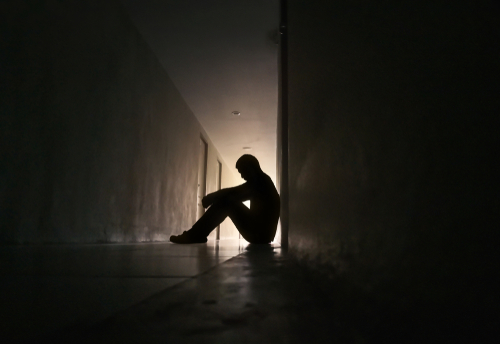Depression, also known as major depressive disorder or clinical depression is one of several mood disorders listed in the Diagnostic and Statistical Manual of Mental Disorders, Fifth Edition (DSM-5). Mood disorders, also known as affective disorders, according to Johns Hopkins Medicine “is a mental health class that health professionals use to broadly describe all types of depression and bipolar disorders.” Mood disorders severely impact one’s mood and its related functions. An individual with depression or a depressive disorder will likely have erratic mood shifts from extremely low (depressed) to extremely high (manic). To be properly treated an individual must be clinically and accurately diagnosed.
Most Common Mood Disorders
While there are several depressive disorders listed in the DSM-5, certain disorders are more common than others. According to the Cleveland Clinic, the most common depressive disorders include the following:
- Depression (major or clinical depression): characterized by persistent and prolonged periods of extreme sadness, lasting a minimum of two weeks
- Persistent depressive disorder (dysthymia): characterized by a chronic, low-grade depressed and/ or irritable mood lasting for a minimum of two years
- Bipolar disorder (manic-depressive disorder): characterized by periods of depression alternating with periods of mania (elevated mood)
- Bipolar I disorder: characterized by at least one manic episode that may be preceded or followed by hypomanic or major depressive episodes
- Bipolar II disorder: characterized by at least one major depressive episode and at least one hypomania episode, and absence of manic episodes
- Cyclothymic disorder (cyclothymia): characterized by fluctuating low-level depressive symptoms along with periods of mild mania (hypomania)
Based on the diagnostic interview data from National Comorbidity Survey Replication, the National Institute of Mental Health estimates approximately 21.4% of adults in the United States experience depression or a depressive disorder at some point in their lives.
Signs and Symptoms
Mood disorders, as defined by the Mayo Clinic are characterized by a distortion of one’s general emotional state and/ or mood that is inconsistent with the current circumstances and interferes with one’s ability to function. Common examples of signs and symptoms that could be indicative of depression and depressive disorders could include, but are not limited to any combination of the following, provided by the American Psychiatric Association (APA):
- Changes in appetite
- Weight fluctuation
- Loss of interest in previously enjoyed pastimes
- Feelings of hopelessness and/ or pessimism
- Difficulty sleeping or sleeping too much
- Increased fatigue
- Feeling worthless and/ or guilty
- Difficulty concentrating
- Irritability
- Persistent feelings of sadness
- Moving and/ or talking more slowly than usual
- Suicidal ideation
The symptoms associated with depressive disorders will differ, as they will depend on the individual, as well as the type of depressive disorder with which he or she is diagnosed. If left untreated, the symptoms of depression and depressive disorders can lead to severe short and long-term effects and in some cases could be life-threatening.
The information above is provided for the use of informational purposes only. The above content is not to be substituted for professional advice, diagnosis, or treatment, as in no way is it intended as an attempt to practice medicine, give specific medical advice, including, without limitation, advice concerning the topic of mental health. As such, please do not use any material provided above to disregard professional advice or delay seeking treatment.




